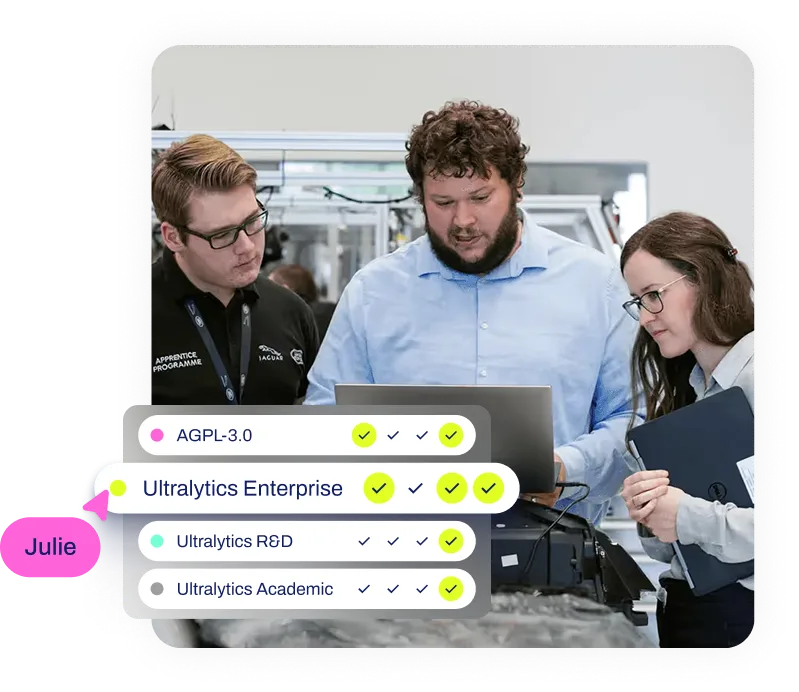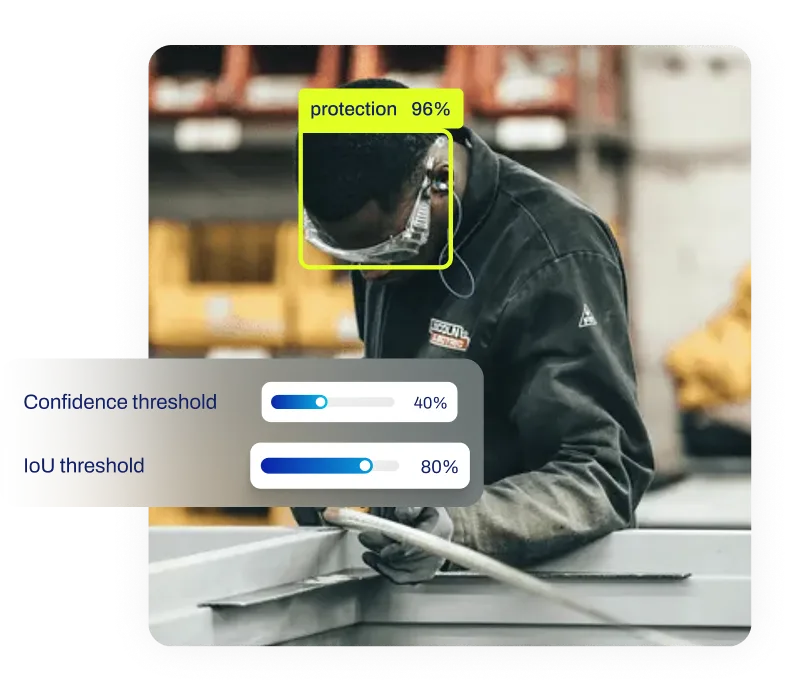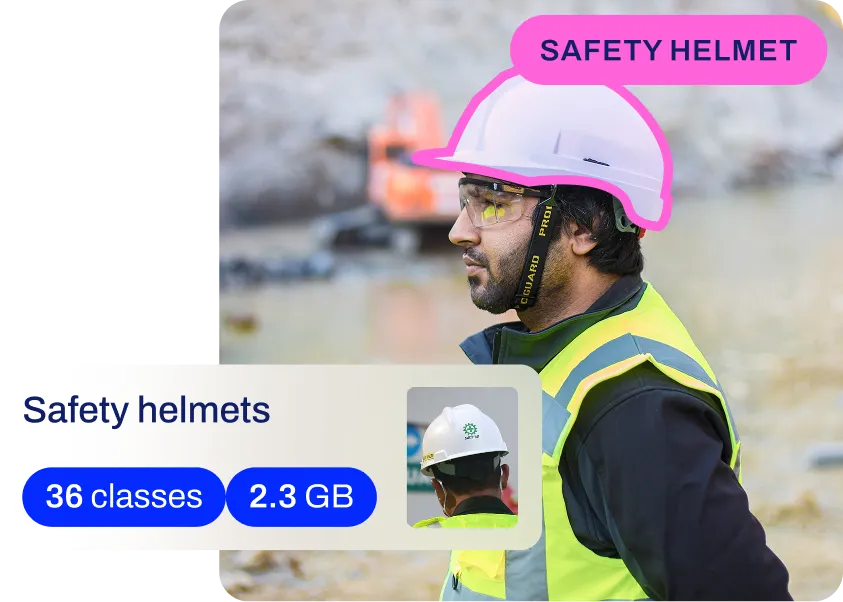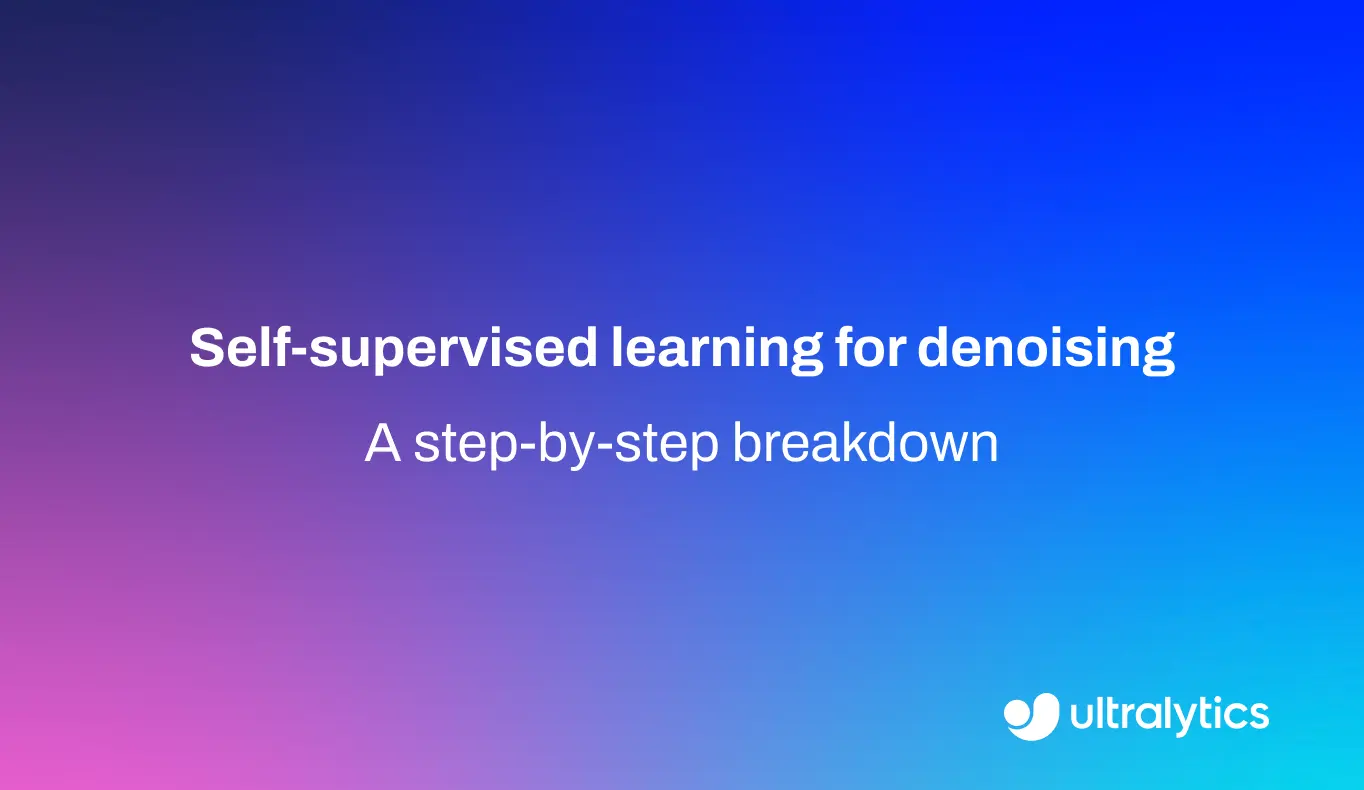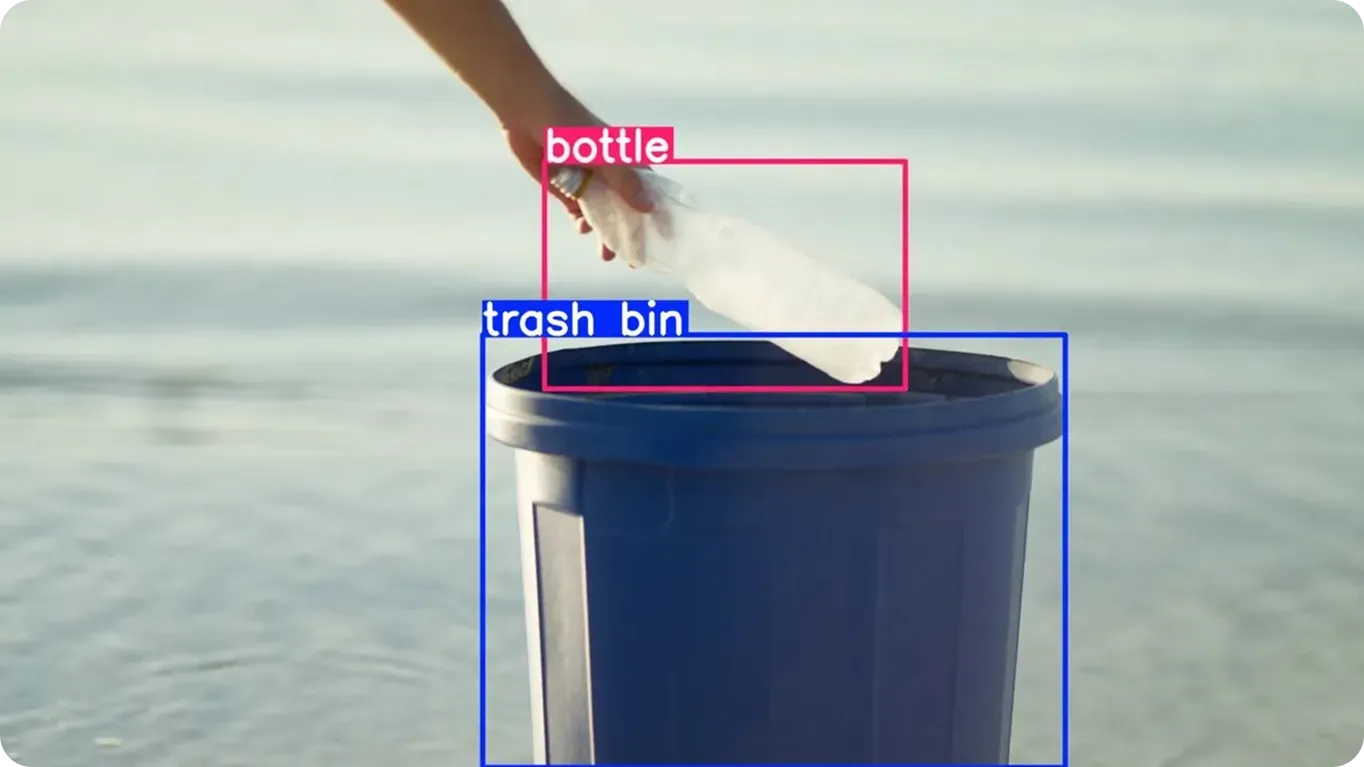Visual Question Answering (VQA)
Discover Visual Question Answering (VQA): how multimodal AI combines computer vision and NLP to answer image-based questions, with key methods and real-world use cases.
Visual Question Answering (VQA) is a sophisticated multidisciplinary task within
artificial intelligence (AI) that
bridges the gap between Computer Vision (CV) and
Natural Language Processing (NLP).
While traditional computer vision systems focus on recognizing objects or classifying images, VQA systems are designed
to provide a natural language answer to a specific question based on the visual content of an image. For example,
given a photo of a street scene and the question, "What color is the car on the left?", a VQA model analyzes
the image, locates the specific object, determines its attributes, and formulates a correct text response. This
ability to reason across different data modalities makes VQA a fundamental component of advanced
multimodal AI.
How Visual Question Answering Works
The architecture of a VQA system typically involves three main stages: feature extraction, multimodal fusion, and
answer generation. Initially, the system uses deep learning models to process the inputs. A vision model, such as a
Convolutional Neural Network (CNN)
or a Vision Transformer (ViT), extracts
visual features from the image. Simultaneously, the text question is tokenized and converted into
embeddings using language models.
The critical step is the fusion of these two information streams. Modern systems often utilize an
attention mechanism, a concept popularized by
the research paper "Attention Is All You Need", to align the
text words with corresponding regions in the image. This allows the model to "look" at the relevant part of
the picture (e.g., the car) when processing the word "color." Finally, the model predicts an answer,
effectively treating the problem as a specialized classification task over a set of possible answers. Training these
models requires massive annotated training data, such
as the benchmark VQA Dataset, which contains millions of image-question-answer
triplets.
While VQA systems are complex, the visual component often relies on robust detection capabilities. You can see how a
model like YOLO11 extracts foundational object data below:
from ultralytics import YOLO
# Load the official YOLO11 model to identify scene elements
model = YOLO("yolo11n.pt")
# Run inference on an image to detect objects
# In a VQA pipeline, these detections provide the "visual context"
results = model.predict("https://ultralytics.com/images/bus.jpg")
# Display the results to verify what objects (e.g., 'bus', 'person') were found
results[0].show()
Real-World Applications
VQA technology is transforming industries by enabling machines to understand context in a human-like manner.
-
Assistive Technology for the Visually Impaired: One of the most impactful applications is in
accessibility tools. Apps like Be My Eyes leverage visual reasoning to
describe surroundings to blind or low-vision users. A user can snap a photo of their pantry and ask, "Is this
can of soup tomato or chicken noodle?", allowing for greater independence in daily life.
-
Medical Image Analysis: In
AI in healthcare, VQA assists professionals by
acting as an intelligent second opinion. A radiologist might query a system about an MRI scan with questions like,
"Are there any signs of a fracture in this region?" Research archived in
PubMed highlights how these systems can improve diagnostic
accuracy and speed up clinical workflows.
-
Intelligent Surveillance: Security operators use VQA to query hours of video footage instantly.
Instead of manually watching feeds, an operator using
AI in security
could simply type, "Did a red truck enter the facility after midnight?" to retrieve relevant events.
Relationship to Related Concepts
To understand VQA fully, it helps to distinguish it from similar terms in the
machine learning (ML) landscape:
-
VQA vs. Image Captioning: Image captioning involves generating a generic description of an entire image (e.g., "A dog playing in the
park"). In contrast, VQA is goal-oriented and answers a specific inquiry, requiring more targeted reasoning.
-
VQA vs. Visual Grounding: Grounding is the task of locating a specific object mentioned in a text description (e.g., drawing a
bounding box around "the man in the blue
shirt"). VQA often uses grounding as an intermediate step to answer a question about that object.
-
VQA vs. Object Detection: Detection models like YOLO11 identify what is in an image and where it is. VQA
goes a step further to understand the attributes and relationships of those objects to satisfy a user's query.
The development of VQA is powered by open-source frameworks like PyTorch and
TensorFlow, and it continues to evolve with the rise of
Large Language Models (LLMs) integrated
into vision pipelines.







